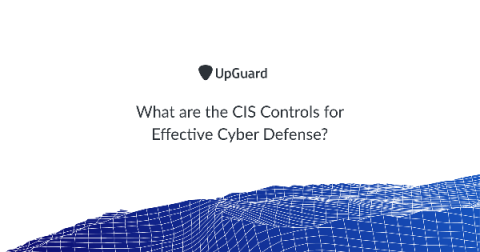The top 4 reasons to start monitoring third-party APIs
How resilient is your application? Maybe you've set up a suite of logging tools, an APM, and tests to handle all your own code. What happens when a third-party API goes down? What happens when it stays up, but slows down to the point that your dependent services start to fail? Finding a modern application that doesn't rely on third-party APIs is rare, particularly with the abundance of social login and sharing.











